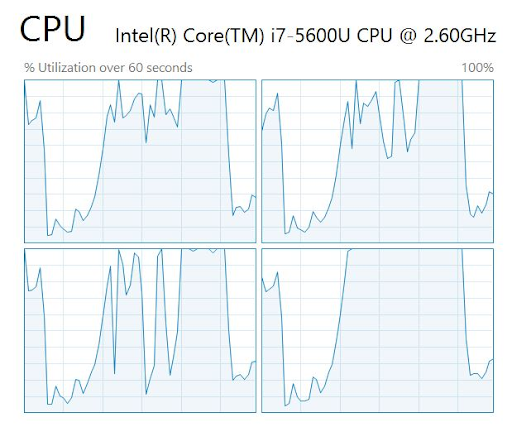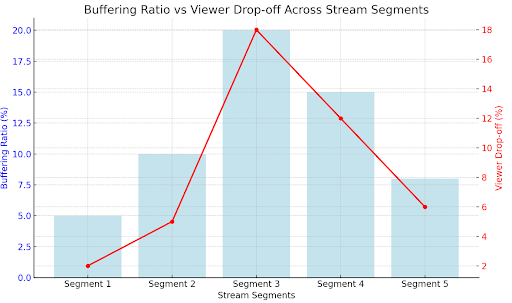Live streaming has become a powerful tool for creators, businesses, and educators in 2025. But even the most skilled streamers can face technical problems or make simple mistakes that hurt their reach or quality. If you're planning to live stream or already do, it's important to know what common issues to avoid—and how to fix them.
Let’s dive into 10 common live streaming mistakes and the best ways to solve them.
A weak or unstable internet connection is the number one reason why streams buffer or drop. This affects the viewer's experience and can drive them away quickly.
How to Fix It:
Use a wired Ethernet connection instead of Wi-Fi.
Make sure your upload speed is at least 5 Mbps for HD streaming.
Run a speed test before going live.
Use adaptive bitrate streaming if supported.
People might forgive bad video, but poor audio is a deal-breaker. Muffled or echoing sound makes your stream hard to follow.
How to Fix It:
Invest in a good external microphone.
Use noise filters and audio testing tools.
Always test your audio before going live.
Audio Quality | Viewer Retention (%) |
Built-in Laptop Mic | 42% |
Mid-range Mic | 71% |
Pro Mic + Mixer | 88% |
Dark or overexposed visuals can hurt the quality of your stream and make it look unprofessional.
How to Fix It:
Use natural light if possible.
Position lights at 45° angles in front of you.
Invest in a basic ring light or softbox.
Skipping a test run is a huge risk. You won’t catch technical issues until it’s too late.
How to Fix It:
Always run a private test stream.
Check video, audio, overlays, and internet speed.
Fix bugs before going public.
Trying to run too many programs on your device during a live stream can cause lag, crashes, or sync issues.
How to Fix It:
Close all unnecessary background applications.
Use a dedicated streaming PC if possible.
Monitor your CPU and GPU usage with software.
Live streaming isn’t just about broadcasting—it’s about interaction. If you ignore your viewers, they’ll leave.
How to Fix It:
Greet new viewers in real time.
Ask and answer questions during the stream.
Encourage comments and likes.
Viewer Engagement vs Average Watch Time
Engagement Style | Average Watch Time |
No Interaction | 5 minutes |
Occasional Shoutouts | 12 minutes |
Active Chat & Q&A | 21 minutes |
Different platforms attract different audiences. Streaming on the wrong one can limit your growth.
How to Fix It:
Know your audience: gamers love Twitch, professionals use LinkedIn, general content works on YouTube or Facebook.
Use tools to stream to multiple platforms (multi-streaming).
If your stream lacks consistent visuals (logos, overlays, colors), it’s harder for viewers to remember you.
How to Fix It:
Use branded overlays and logos.
Match your stream visuals to your brand colors.
Keep fonts and graphics consistent.
If something goes wrong and you don’t have a backup plan, the stream could end abruptly.
How to Fix It:
Have backup internet (like a mobile hotspot).
Save your stream locally in case it drops.
Prepare filler content (slides, music) if live video fails.
Table: Common Issues and Backup Solutions
Issue | Backup Solution |
Lost Internet | Mobile hotspot |
App Crash | Local recording |
Mic Failure | Backup mic or headset |
Many creators end the stream and forget to check how it went. That means missing out on valuable feedback.
How to Fix It:
Review analytics (viewer count, engagement, drop-offs).
Ask for viewer feedback.
Use what you learn to improve future streams.
Live streaming in 2025 is more powerful than ever, but small mistakes can ruin a viewer’s experience. With the right tools and attention to detail, you can avoid these issues and grow your audience steadily. Whether you're a beginner or a seasoned streamer, using platforms like Vodlix helps make the process easier with all-in-one tools for streaming, branding, monetization, and analytics.
Start streaming smarter with Vodlix today.





.png)



